As Xiaomi has gradually switched to HyperOS from the earlier MIUI, people’s enthusiasm and eagerness about the new HyperOS are on a high tide. Evidently, in the recent past, when people assembled at the Xiaomi Community roundtable, expectations of general problems and recommendations for the new OS were much of a controversial issues—summary of all correspondences and suggestions made by community members.
What are expected from HyperOS
1. Frequency of Updates and Content
Current Issues
More pointed criticisms are at how few and far between updates for HyperOS are and how new features are slowly rolled out. In the case of the Xiaomi 13, there has been no official update from the company since March 22, which is almost three months. As of now, it it not sure when the next update will be, but more importantly, which month’s Android security patch will be provided by the company to its users.
And new features slowly light up: for example, today, with the function of “5G network sharing,” which is advertised for Xiaomi/Redmi Pad tablets, the Trebo Redmi 49 is still not available. Many tasks on an old phone are missing on a new one, which significantly influences the observation.
Suggestions
Xiaomi should make an effort to promise frequent updates and be timely in launching new features. It would always allow users to enjoy the latest features, especially on new devices.
More human input could be channeled toward resource development for this product that does not affect the timeline of other projects within its business portfolio, for example, the development of the Xiaomi SU7 car machine.
2. Bootloader (BL) Locking
Current Issues
Unlocking the BL lock at present is a process that is quite hectic in nature since several brainy knowledge questions are asked; a tech expert equates this process to a “civil service exam “.
Identifying novice and senior users simply based on a quiz is currently considered too primitive.
Recommendations
Facilitate the process to BL unlock—for instance, provide an easier unlock to active community members or those who often report bugs.
Consider loosening it up to include everyone at or higher than Xiaomi community level 7 or 8 users or any other senior members actively contributing to the community.
3. Beta Version Quotas
Current Issues
Some features in the Beta version have limited slots, which are made available to users for testing purposes. Accessibility to beta-testing products that offer even a single popular feature remains highly challenged as they cater to first-come, first-served offers. However, many people are awaiting the chance.
Recommendations
Increase the number of available places in the quota for the Beta version. This would enhance testing during this test drive and ensure more excellent customer feedback with which to improve the system.
4. Sluggish System Applications
Current Issues
Some system applications, such as the “Portal” app, are dramatically below this industry standard. For example, the sporadic resetting of the application blocklist and missing other functionalities that hold accurate for different applications, particularly the “Instant Circle and Search” apps.
“Xiaoai Suggestions” lacks support for recognizing express pickup codes, travel assistant functions, credit card repayment reminders, and intimate reminders for movie ticket collection, all far behind the leading direct competitor, “Yoyo Suggestion.”
Suggestions
Product managers must be proactive in benchmarking and pick up necessary features while leaps and bounds are being caught up with.
Upgrade the system’s present applications to ensure they are either at or above the industry standards in both functionality and user experience.
5. General System Performance
Current Issues
Many of them say there are various places for betterment, such as system fluency or so, and battery life. “While some loan users like the Xiaomi 14 Pro don’t find any problems concerning the fluency, they ironically get suboptimal battery life.
Suggestions
Future updates of HyperOS should bring optimized performances to both the base system and battery life for users to get the very best experience out of their devices
Analysis of Dev and Beta Versions
1. Development Purpose and Beta Releases
Humanitarian aide
In the beginning, the Dev model aimed to test functionalities before some official release, even if now it is pretty inconsistent among the models and complements, in most cases, the type of model named above.
The primary objective of the Beta version is for core users in the beginning to pre-test new functionalities and for the development team to erase any bugs before the actual release of the official version.
Improvements
The updatable logs of the Beta version should be complete and precise, and updates on the models should be consistent. Unlike the Developer release, the Beta version should be reinstated in the same sequence as the official version to bring a more coherent and integrated experience of the testing phase.
2. Update Logs and Version Synchronization
Current Issues
Poor information is often presented in update logs, giving a more generic look towards user expectations. Different models get different updates, creating an environment of confusion and lack of standardization.
Suggestions
In addition to that, one must ensure that each miniature version of Beta includes a fixed bug, development, and added functions and features based on its ancestor to be driven to the official version.
This will provide a clear, logical route for end-users to follow through updating and improving the total user experience.
3. Feedback and Communication:
Current Issues
These simply do not emphasize enough direct communication from users to developers, meaning that problems are fixed and feedback is appropriately dealt with.
Suggestions
Direct interaction and feedback channels with Beta users for immediate problem resolution and continuous improvement. A person in charge should open an account when necessary, remain up-to-date, and correspond directly with users, not hide and neglect the feedback that users give.
4. Functional Decentral Current Issues
Current Issues
Some flagship phones receive updates slower than the lower model or budget models, which just does not make sense or seem right for the consumers. The present version of the derive function does not correctly match functions and features across all models.
Suggestions
Have a structured schedule for getting updates done. Flagship phones should not run with updates later than the other models, and all models across the line should receive new feature updates without pointless delays. Create cyclical timers for synchronizing all system codes to integrate new functionalities on all cyclical models sensibly and in an appropriate time frame.
The benevolence of the switch to HyperOS will be, in effect, revolutionary in addressing many user concerns already in existence and improving the overall experience of it. It would increase the frequency of updates, simplify the headless unlocking of BLs, extend the quota order for Beta versions, improve applications within the system, maintain consistent public communication and feedback, and put an update schedule in place.
In this way, the operating system update will satisfy and, more importantly, surpass user expectations from Xiaomi. Success for HyperOS lies in how well Xiaomi is listening to its user base, setting essential updates as a priority, and making the development process transparent and responsive.
These moves are expected to bolster the satisfaction factor among users and help Xiaomi harden its hold in the continuously surcharged smartphone milieu. Essential guidelines for Xiaomi were derived from the Xiaomi community roundtable’s recommendations and conclusions as it strives towards the next plan of action in further development and optimization of HyperOS. In this context, Xiaomi will be more qualified to make HyperOS one of the top choices that meet all the needs and expectations of its end-users.

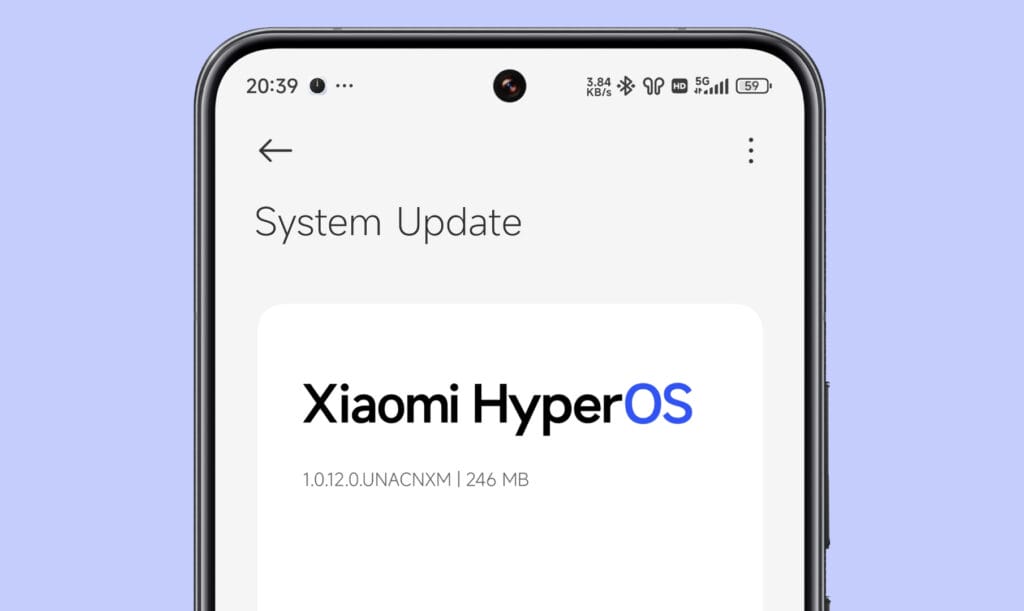
 Emir Bardakçı
Emir Bardakçı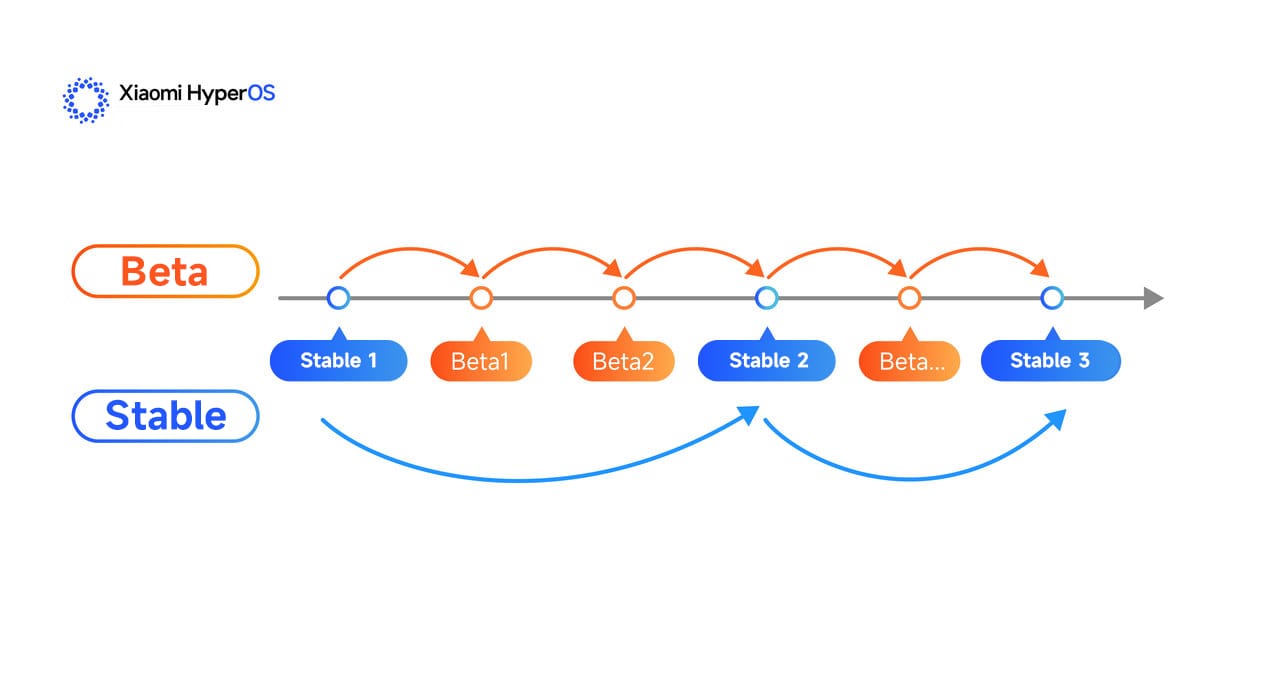
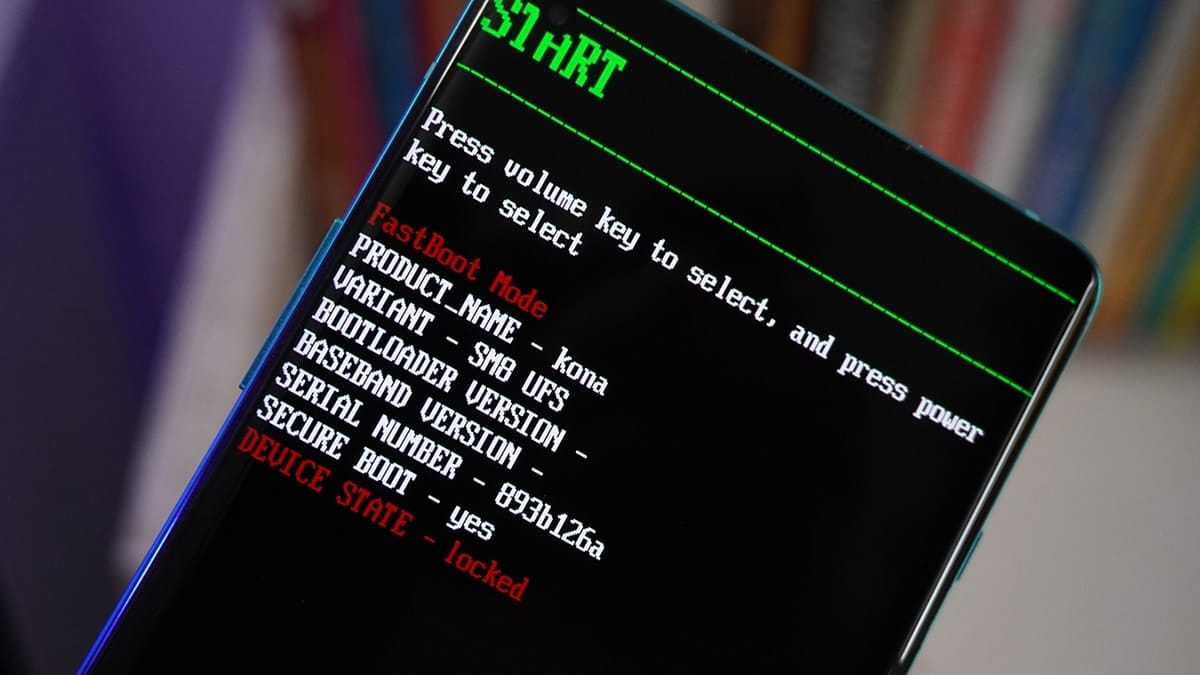
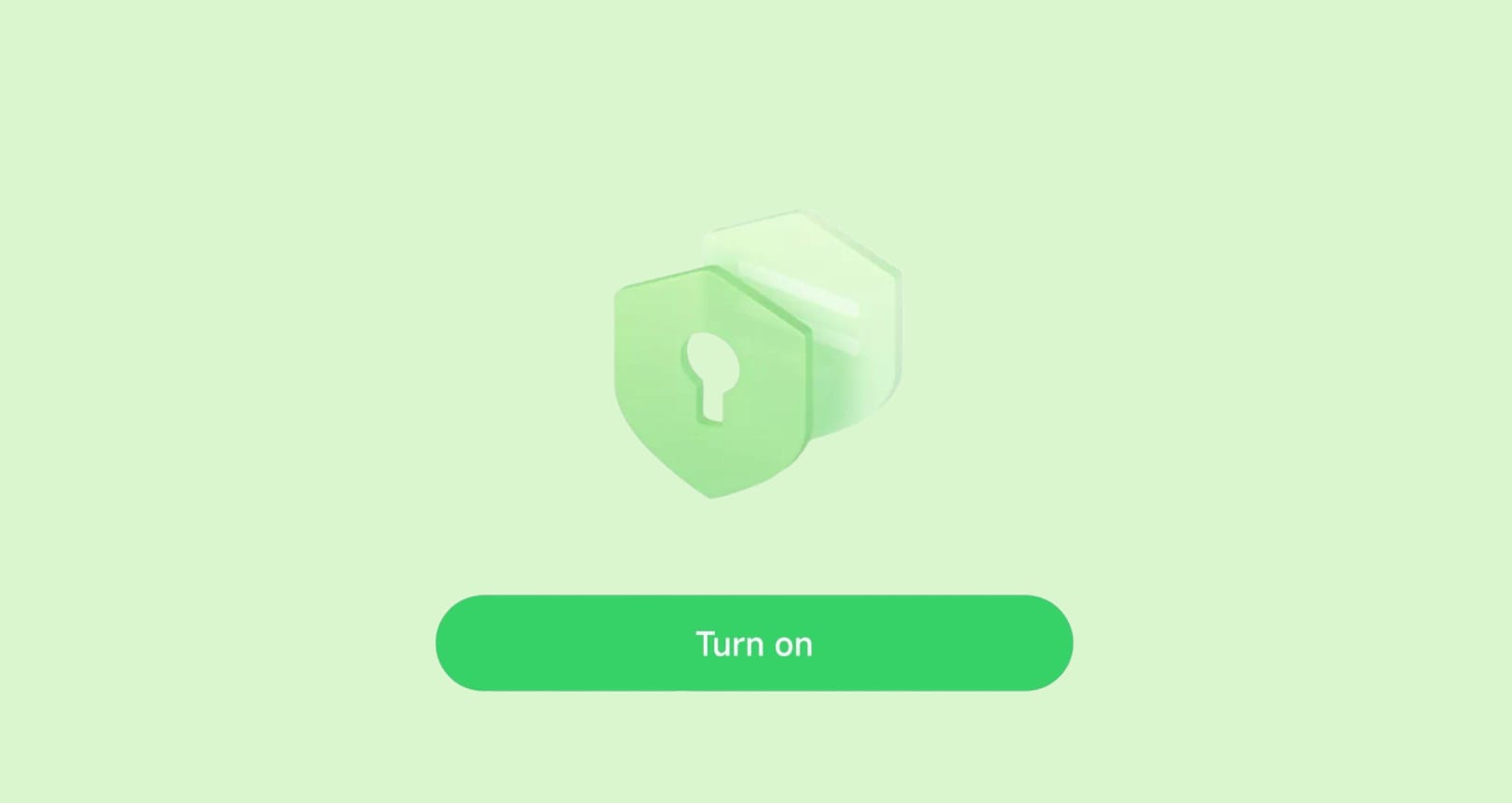
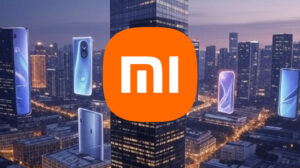


Could you tell me if it goes to air hyper os for Xiaomi mi 11 ultra and because they don’t arrive It doesn’t have permissions to access the update log can you help me with that.
I need hyper os 2.2
On the next update, let the control centre of redmi 13c to look like that of redmi note 12 and co.
Since hyperOS is still new. I think the dev need to fixed and improved the lost signal and some bugs issue.besides my experience in gaming i can feel the downgrade after i change to hyperOS. The experience doesn’t feel hype anymore and i don’t know if only me feel it.
Please I want my control center of redmi 13c to look like redmi 12
We need a new feature As in – Samsung phones > media output we can add 2 or more bluetooth device to enjoy movies together l don’t understand whythis feature is missing in hyperos
Team pleease add this beautiful and needed feature
Hope my concern will noticed and get in next version update
hyper os sucks!
The HyperOS is a complete disaster. If you want it to be known as the new best thing happened to Xiaomi’s new devices? Then it has to be fixed upto the mark. Providing updates for the listed devices with bugs and then sending patch updates with such a long delay which literally doesn’t fix anything instead increases more problems, and adds in more unnecessary pathetic bloatwares. Devices on MIUI14 atleast had a battery life of 16hrs or more on normal usage, compared to the HyperOS which drains in 10-11hrs. Previously in MIUI14 had to charge the device either once or twice a day, now have to charge more than thrice a day because the battery won’t last that long, phone heats up on charging as well. Usage of Camera or Video Calls drains battery so fast and heats up the device. Very disappointed in Xiaomi.
-Xiaomi12Pro 5G user.